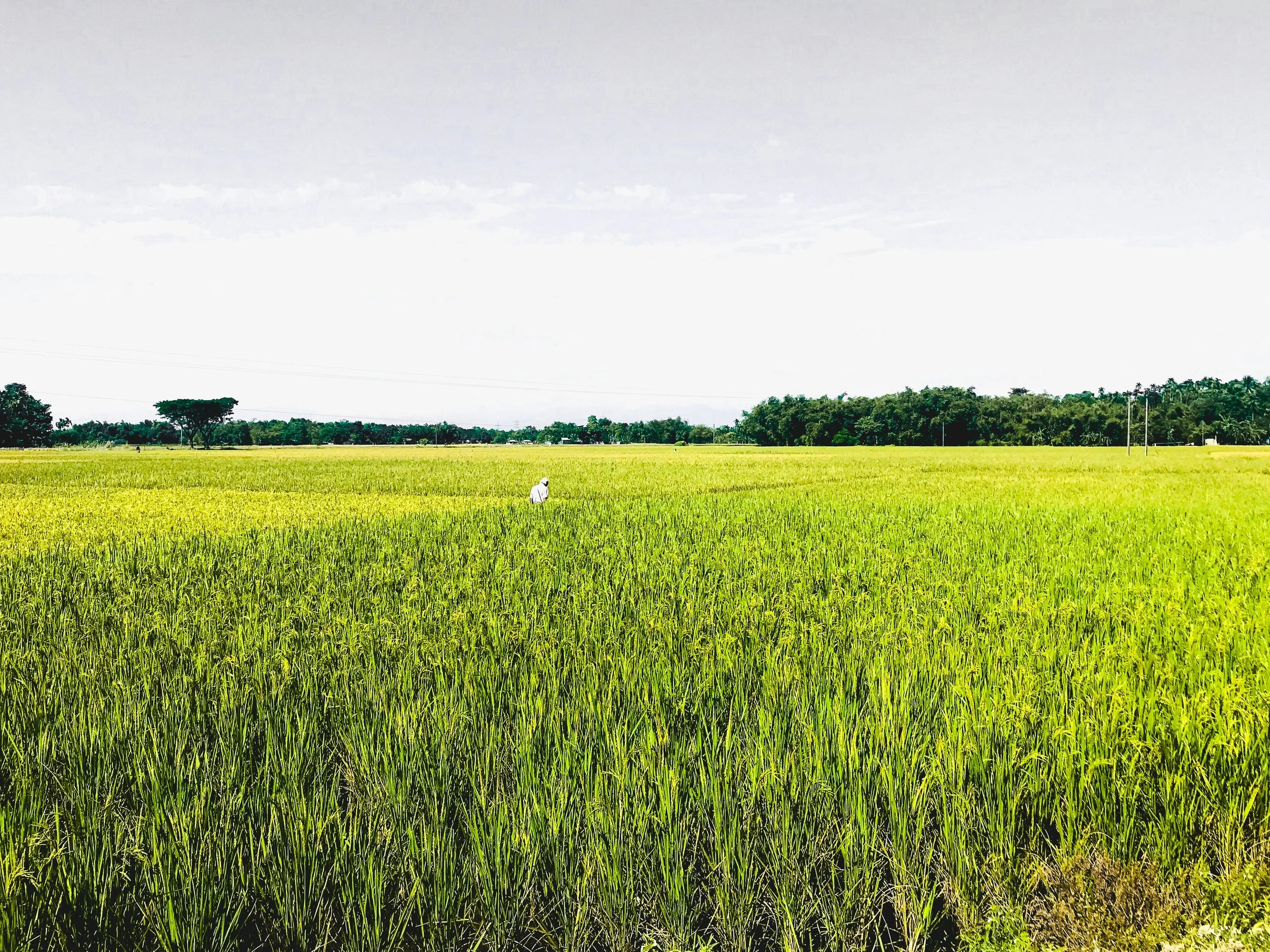The Sacred Ordinary: A Blog Series For Ordinary Times
Photo by Abhishek Priyadarshi on Unsplash
This is the first post in a blog series originating from a writing course led by Ellie Roscher for the Collegeville Institute, centering on the sacred ordinary. The authors read and wrote essays designed to make ordinary moments shine, and we are grateful for the opportunity to share these essays with the Church Anew audience.
I grew up going to a Catholic Church on Sunday mornings and was drawn to what we affectionately refer to as the “smells and bells.” As a kid, I was curious about the incense, and I loved when the priest used a pine branch to fling holy water on our heads from the center aisle. I wondered about that one candle that always stayed lit, and worried a bit about what would happen should the eternal flame go out when the wick got low. At night, as I was falling asleep, it would comfort me to think about that lit candle. I noticed liturgy, and the liturgical colors were no exception. I remember being so excited when the priest was wearing purple, white, or red. Purple, white, and red meant something special, out of the ordinary, an exciting break from routine, a celebration. Purple, white, and red were exciting because the priest seemed to wear green all the time.
Green signaled Ordinary Time, which I know now runs from the day after Pentecost until Advent in the church. As a child, I thought of ordinary time as a bummer, the slow hum between the big celebrations, the drudgery of routine between the mountaintops. There tended to be less smells and bells during ordinary time, less about which to get excited. I looked for God, then, on the highest mountaintops and in the deepest valleys, in the big, monumental moments when we mark time on the path. I felt God’s presence in the intensification of life.
Now, however, I have come to see ordinary time as sacred, too. I can sense God’s presence in the wind, in a hug, in baked bread. I look for God inside my own body, in sprouting wildlife, and in the connective tissue that holds our communities together. I see that every day is shimmering if we choose to pay attention. I love the pause between breaths, the lull between holidays, and the hum of everyday rhythms. I find contentment in my morning routine of snuggling my children and sipping warm coffee. I look forward to slow, quiet days filled with simple things like reading, preparing food, and moving my body.
One of my books, 12 Tiny Things, which is co-written by Heidi Barr, explores cultivating a micro-spiritual practice in our ordinary lives. We hoped to take spiritual practice off a pedestal where we think it needs to look a certain way or be only for people holier than us. We wrote chapters about the common things like home, food, and work in hopes of seeing our routines anew. What if we did one tiny thing a day on purpose to curb overwhelm and grow intentionality and acknowledged it as a spiritual practice? Much of this work is dusting off very ordinary moments to see them again as sacred. If you do a habit with attention, it can become a ritual. The repetition can become the art. We can take one sip of coffee mindlessly and hurried, or we can choose to take that one sip holding the mug with both hands, doing one thing at a time, enjoying the smell, the taste, and the warmth in a way that grows gratitude and our ability to live in the present moment. We can look away from the distractions of our phones and choose to look all the way up at the sky in a way that reminds us how big and beautiful God’s creation is. Are we choosing the life we are living and moving through that life with prayerful attention?
In addition to my daily life and my faith life, ordinary time shows up in my writing life as well. Writers are good noticers, and noticing is required to appreciate how ordinary moments are thrumming with sacredness. As a writer I compose stories about big moments in my life, sure, but I also enjoy writing the ordinary ones in a way that invites me and the reader to look again, look closer, and see the beauty in what may at first appear mundane. I also love reading pieces that invite me to look again at the things I have taken for granted and be filled with a little wonder and awe. Good art can dust off our eyes and hearts.
I recently created a writing course for The Collegeville Institute on The Sacred Ordinary. We read essays that aptly made ordinary moments shine, and we tried our own writing around the theme as well. We coupled this reading and writing with yoga, moving our very ordinary bodies through space. In this blog series, we will share some of the writing that came out of that workshop as an invitation to you and your community members to join us in this season of Ordinary Time. Let’s notice together in a way that deepens and grows our gratitude, intentionality, and eyes of faith.

